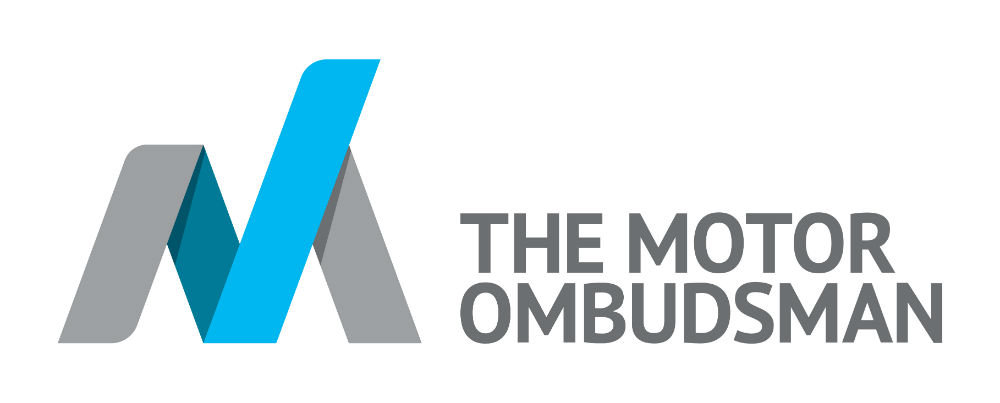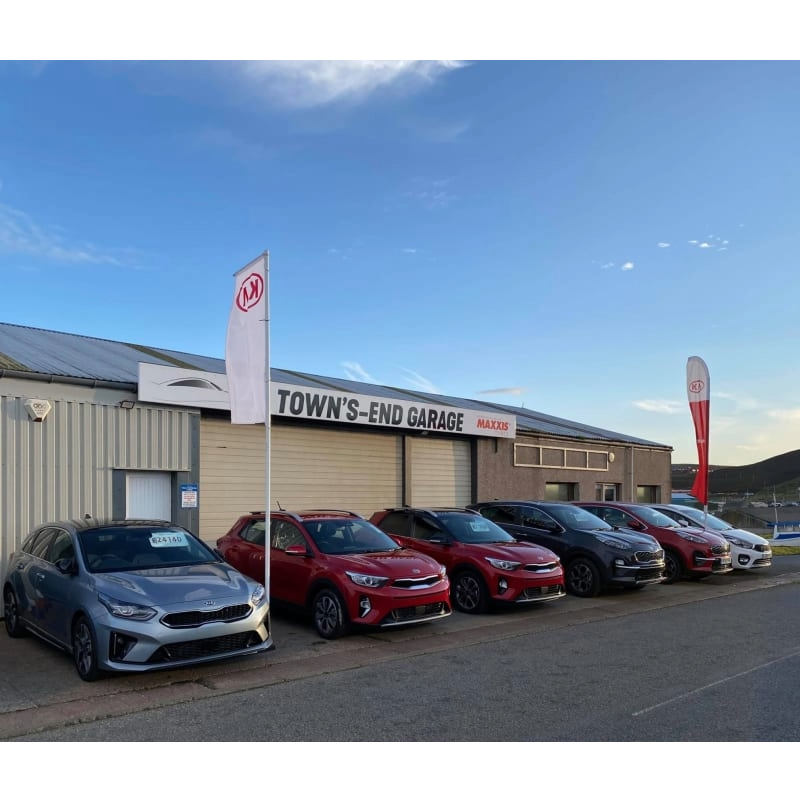We put 10 questions to Natasha Gasson, our in-house ombudsman, to learn more about what she does, and how she helps consumers and businesses to resolve their motoring disputes swiftly and fairly.
1. What is your career background?
I studied law at university and started building some work experience at the time. This included an internship with the Home Office, volunteering as a translator and working on international legal projects with the Law Society. After graduating, I started as an adjudicator with the Financial Ombudsman Service. I worked my way up there for nearly three years, progressing from an entry-level to a Grade 3 adjudicator. I then moved to the Nursing and Midwifery Council where I assessed cases relating to the conduct of nurses and midwives in the UK and whether they should progress to full hearings. Today, I’m the motor ombudsman, and my role revolves around making fair and reasonable decisions, and ultimately, sorting out people’s issues.
2. What does an ombudsman do?
The role of an ombudsman is mostly about resolving individual complaints by making final decisions. I will review the evidence from start to finish, including anything new that we have received from either side, before making my own judgment. I’m not necessarily bound by what the adjudicator has said, but, because we follow the same approach to the Codes, it is unlikely that the decision will change unless other facts have been provided, or a party can show that the adjudicator has made a mistake. As I am ultimately the last stage in the process, I need to make sure that I am comfortable that the decision is fair and reasonable, and takes into account the circumstances of the case, the relevant Code of Practice and what is the industry standard. From the wider perspective, I use what I see in the complaints I consider to drive improvement in the automotive industry. For example, are there any themes in the complaints, and is there something I can recommend to prevent them? Is there something more a particular business can do to help their customers? All cases are logged and monitored, even if we do not find in the consumer’s favour. If I can see there is a lesson to be learned, I will always feed that back to the business involved to help prevent similar complaints in future.
3. What qualities do you need to be an ombudsman?
Firstly, I think you have to be rational. Understandably, people can become emotionally invested in their complaint, and it’s really important to empathise with that and appreciate the human perspective. An ombudsman must also be able to put that emotion to one side, take a step back from the situation and make a reasoned assessment. Equally, you have to be good at reading between the lines and think critically about everything. Sometimes, cases can seem really straightforward, but, when you delve a little deeper, they aren’t as simple as you think. This is when you need to be able to ask the right questions so that you can get the necessary answers to make a fully informed decision. Lastly, but perhaps most importantly, it is about being able to communicate with clarity. That means writing in plain English, which everyone can understand, and being persuasive so that the reasons for reaching a certain outcome are clear, logical and based on the evidence.
4. At what stage do you become involved in a case?
I will usually get involved with cases once an adjudicator has given their view of the complaint, as appealing to an ombudsman should always be the last resort. Having said that, I also answer the phones and I help the adjudicators to answer all of the enquiries that we receive, so you might see my name pop up a little earlier in the process.
5. What are the advantages of having an ombudsman in-house?
The real advantage of having the whole process in-house is consistency. Every adjudicator is empowered to make their own decisions on cases, but, through working with the team, I can ensure that our process for investigating complaints is the same – and that we all interpret the Codes of Practice and any relevant laws in a similar way. Adjudicators can also ask me for guidance on more complex cases – and whilst I do not look to influence the overall outcome, getting an input from the ombudsman early on means that an adjudicator can feel confident in delivering a decision which is fair for both parties.
6. What are the types of cases that you come across?
I see lots of different types of cases. Probably the most common are service and repair disputes because, where they are technical in nature, they can get pretty complicated. For example, a frequent issue that we see is when a garage or dealership has worked on the car and then something else has failed. Whilst it can be completely logical to link the two, it isn’t always as black-and-white as it seems. Sales-related cases are also on the rise, particularly after the introduction of our Vehicle Sales Code in September 2016. Used car cases are often very tough because, understandably, a second-hand vehicle is not going to be in the same condition as a new one, so even if a fault does arise or a scuff is found on the paintwork, it doesn’t always engage someone’s consumer rights. The rights themselves are also pretty complex, which makes it tough for both motorists and businesses to work out exactly what their entitlements are. This is where we can step in and try to clarify things for both sides, so the outcome is as fair as it can be for everyone.
7. What is the most complex case you have dealt with?
Probably the most complex one I have dealt with so far was a dispute over an extended warranty, where a part had failed and the extended warranty company said they were not liable for covering the cost of the repair. Both sides (the consumer and the provider of the extended warranty) had obtained an independent technical report to back up their side of the story – one report said the failure was due to wear and tear, which wasn’t covered under the warranty, and the other report said they felt it was not wear and tear and so should be covered. The adjudicator looking at the case concluded it was wear and tear as it gave a definitive reason for why the part had failed. I was however subsequently asked to make a final decision by the consumer as they, and their independent technician, deemed that this outcome was unfair.
My approach was that instead of looking at where the reports disagreed, I looked at where they both said the same thing, and whether the problem that the technicians had highlighted was fairly common to that make and model. The other factor to take into consideration was that during the manufacturer’s warranty period, the rectification of the issue was paid for by the manufacturer despite it not usually being a warranty repair. That, to me, said that this could possibly be a type of manufacturing defect and the technical evidence supported that conclusion. I read through the extended warranty policy terms and conditions and saw that manufacturing issues were not covered, and therefore concluded that the repair was still not covered under the extended warranty. Therefore, for different reasons from the adjudicator i.e. it was a manufacturing defect rather than wear and tear, I did not uphold the complaint.
8. Is every final decision that you make accepted by the consumer?
I will always reach a decision which I feel is fair and reasonable for both sides, taking into account the evidence and the relevant Code. That means that I might try to find a compromise between the two sides or ask the business to consider a gesture of goodwill, or actually uphold the complaint and find a solution to put things right if I have the evidence to show something has gone wrong. However, inevitably, there will be times where decisions are not accepted by the consumer. There are some cases where you could ask five people for their opinion, and all five will give different answers, so it is very unlikely everyone will leave the complaint happy. There are other cases where there’s simply not enough evidence to prove either side of the story is more likely, and those can be really challenging.
9. What happens if it’s not accepted by the consumer? Is that the last stage before both parties go to court?
Yes, the final decision is the last stage with The Motor Ombudsman and it cannot be appealed either within our service or with any of the bodies that monitor us, such as the Chartered Trading Standards Institute (CTSI).
10. What do you enjoy about working at The Motor Ombudsman?
I really enjoy being able to turn around a difficult situation. By the time things get to me, they have usually been ongoing for a long time and both parties can be really unhappy. By taking a fresh look at the case, I can in most situations help everyone find some closure and put things behind them, whether that is upholding the complaint, negotiating a settlement or explaining why I think the business has done the right thing.



